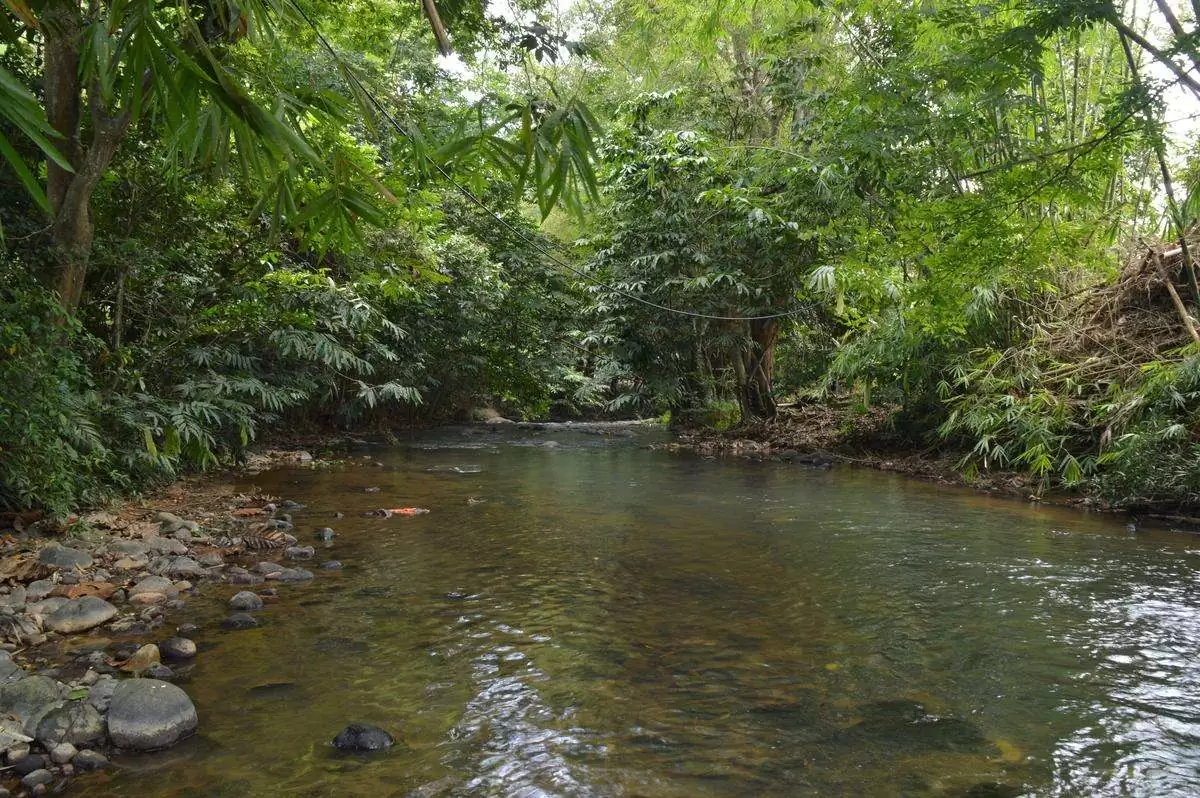

Are you wondering what is the best time to visit Sunderbans? This UNESCO World Heritage Site, home to the magnificent Bengal tiger and a diverse ecosystem, offers a unique experience throughout the year. However, choosing the right time for your visit can make a significant difference in your overall experience. In this comprehensive guide, we’ll explore the various seasons and help you determine the ideal time for your Sunderbans adventure.
The Sunderbans, located in the delta region of the Ganges, Brahmaputra, and Meghna rivers, experiences a tropical monsoon climate. This unique ecosystem is influenced by its proximity to the Bay of Bengal, resulting in distinct seasonal variations. To make the most of your trip, it’s crucial to understand these weather patterns and how they affect your travel experience.
The period from October to February is widely considered the best time to visit Sunderbans. Here’s why:
Pleasant Weather: During these months, the weather is mild and comfortable, with temperatures ranging from 15°C to 25°C (59°F to 77°F).
Low Humidity: The air is less humid, making outdoor activities more enjoyable.
Clear Skies: You can expect clear, sunny days, perfect for wildlife spotting and photography.
Peak Wildlife Activity: Many animals, including the elusive Bengal tiger, are more active during this cooler period.
Ideal for Boat Safaris: The calm waters and good visibility make it an excellent time for boat safaris through the mangrove forests.
Learn more about Sunderbans’ unique ecosystem
The months of March to May offer a different experience:
Warmer Temperatures: Expect temperatures between 20°C to 35°C (68°F to 95°F).
Increased Wildlife Sightings: As water sources start drying up, animals tend to congregate near remaining water bodies, increasing your chances of spotting them.
Fewer Tourists: You might enjoy a more peaceful experience with fewer crowds.
Budget-Friendly: Accommodation and tour prices may be lower during this period.
However, be prepared for:
Higher humidity levels
Occasional heat waves
The possibility of pre-monsoon showers
While many travelers avoid the monsoon season, it has its own unique charm:
Lush Landscapes: The rain transforms the Sunderbans into a vibrant green paradise.
Unique Photography Opportunities: Dramatic skies and reflections in the water create stunning photo opportunities.
Fewer Tourists: You’ll have a more exclusive experience during this off-season period.
However, keep in mind:
Heavy rainfall can disrupt travel plans
Some areas may become inaccessible due to flooding
Wildlife spotting can be more challenging
Humidity levels are at their highest
When considering what is the best time to visit Sunderbans, wildlife enthusiasts should note:
Bengal Tigers: Best spotted during the cooler months (November to February)
Birds: Winter (November to February) is ideal for migratory bird watching
Crocodiles: Often seen basking in the sun during winter months
Dolphins: Can be spotted year-round, but visibility is better in winter
Check out this wildlife guide for Sunderbans
To make the most of your Sunderbans visit:
Book in Advance: Especially if you’re planning to visit during the peak season (October to February)
Choose Authorized Tour Operators: Ensure you book with reputable operators who prioritize safety and conservation
Pack Appropriately: Bring lightweight, breathable clothing, insect repellent, and sunscreen
Respect Wildlife: Follow park rules and maintain a safe distance from animals
Consider Staying Longer: A 3-4 day trip allows for a more comprehensive experience
Be Flexible: Weather conditions can change quickly, so be prepared to adjust your plans
So, what is the best time to visit Sunderbans? While October to February offers the most comfortable weather and optimal wildlife viewing conditions, each season in the Sunderbans has its own unique charm. Whether you’re seeking wildlife encounters, stunning landscapes, or a peaceful retreat, there’s a perfect time for everyone to experience this incredible ecosystem.
Remember to plan your trip responsibly, respecting the delicate balance of nature in this remarkable UNESCO World Heritage Site. By choosing the right time to visit and following sustainable tourism practices, you’ll not only have an unforgettable experience but also contribute to the conservation of this unique biosphere reserve.
Are you ready to plan your Sunderbans adventure? Share your thoughts and experiences in the comments below!


